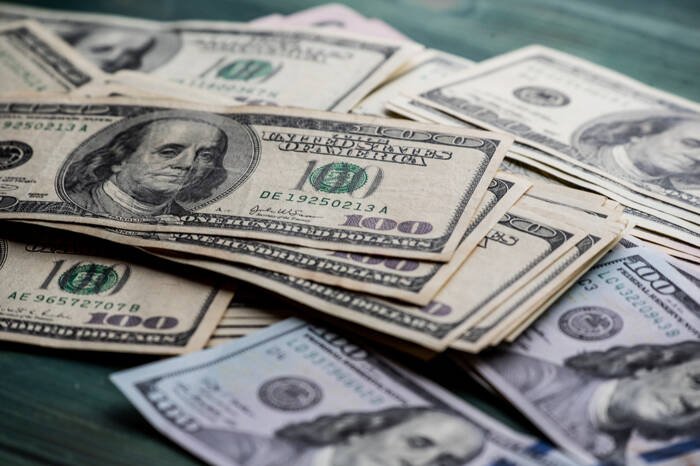Federal Reserve: Is a July Rate Cut Now on the Table?
The most pressing drag on the DXY stems from a sharp dovish shift in Federal Reserve tone, particularly from Governor Christopher Waller. Waller’s comments suggesting a July rate cut could be justified—based on subdued inflation and labor market softness—mark a clear break from prior cautious messaging. He emphasized that recent inflation trends are “looking pretty good” and downplayed the long-term impact of tariff-induced price increases.
His views are especially significant given his potential candidacy to succeed Jerome Powell as Fed Chair, suggesting a possible political dimension to his stance. While Powell has warned of persistent inflation and signaled just two cuts this year, the internal split is clouding the Fed’s policy path and putting downward pressure on the dollar. If Waller’s approach gains traction, dovish policy bets could accelerate and deepen DXY losses.
Mixed U.S. Economic Data Fuels Policy Uncertainty
Economic fundamentals offer no clear counterweight. The Philadelphia Fed’s index logged a third straight month of contraction, and hiring in manufacturing continues to weaken. Waller cited this softness—especially among new college graduates—as a sign the Fed should prioritize employment stabilization. Uncertainty over the Trump administration’s tariff policies and their inflationary effects further complicates the dollar’s appeal.
While some market participants may view the dollar as a relative safe haven, the currency’s underperformance this year despite global tensions suggests broader concerns about U.S. economic momentum and fiscal policy are driving capital elsewhere.
Global Central Banks: Will More Easing Support the Dollar?
Relative strength signals from other major currencies could either cushion the dollar or worsen its decline. The euro has strengthened modestly, trading at $1.1517, despite European headwinds—implying the move is dollar-driven. Meanwhile, the Swiss National Bank cut rates to 0%, weakening the franc and offering temporary support to the DXY. Norway followed with a 25-basis-point cut, sending the krone down 1% on the week.
However, if other central banks continue easing while the Fed accelerates toward cuts, the dollar’s relative yield advantage may erode, setting the stage for a breakdown below recent lows.

